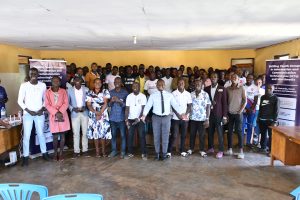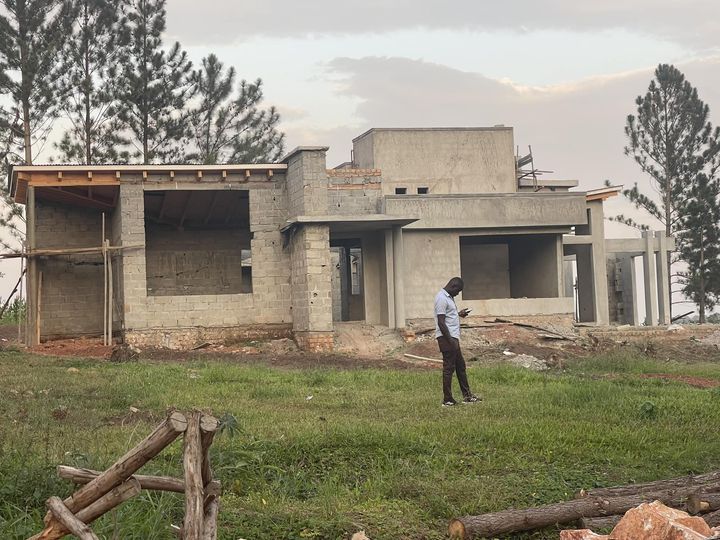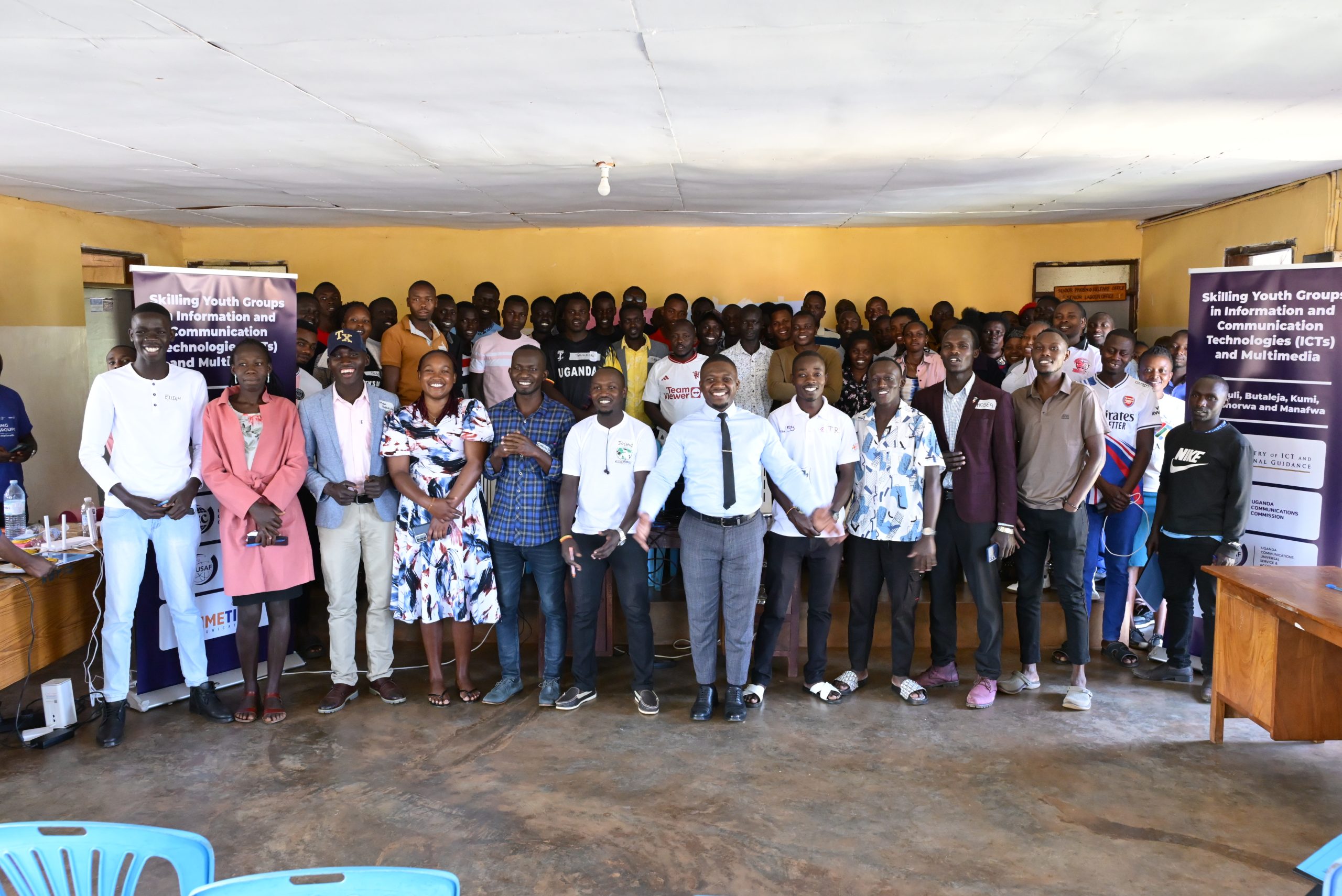What would my house cost to build?
By Denis Jjuuko
Last week, an article I authored more than a year ago resurfaced on the internet and in many WhatsApp groups prompting many people to send emails. The said article was on housing and how somebody can easily build their residential house. The said article was given a headline that was perhaps misleading or sexy hence the said interest.
The emails I have received were largely on how much a 3-bedroom decent middle-class house would cost to build in Uganda. I subscribe to a housing group where every week, somebody inquires how much it would cost them to build this and that. Somebody can come up and say Shs20m and another says Shs200m and many figures in between. I try as much as possible to answer all the emails that I receive but I know this is a question that won’t go away.
So here are some of the answers I give people who ask me how much a house would cost to build.
If you are to build a house, the most important part is to acquire land. This determines a lot in what it will cost to build. The labour costs and some materials such as bricks, sand, and coarse aggregate (made by hand ones are cheaper) among others are cheaper in towns far from Kampala. In Kampala, the costs are much more. A clay burnt brick costs on average Shs350 in Kampala metropolitan area but about half the price in towns upcountry. In places like Masaka, they make roof trusses, rafters and even purlins using encryptus trees straight from the forest. They just remove the bark and they are good to go. So, a house in a place like that would always be cheaper than in Kampala where we largely use lumbers.
The other big issue when it comes to land is the topography or landscape. Is it swampy, flat or hilly? This determines the cost of the foundation. A swampy area for example will require a lot of hard-core stones than an area in a flat area. A hilly area may need grading or cost more to deliver materials there. A flat area may also need a lot of backfilling. Most people may not mention it but murrum costs a lot of money and then it has to be compacted.
Once land has been zeroed in on where to build, then there is need to engage the services of an architect who should then work with at least civil and structural engineers to come up with a design of your needs. What is the size of living spaces and what amenities have been planned? How many bathrooms will the house have? What about a walk-in closet? Many houses in Uganda today are being built with large doors and windows with lots of aesthetics which obviously increase the overall cost of the building.
There is an increased interest in high ceilings so that the house is not only cooler but enable the installation of decorative materials (gypsum ceilings) and lighting such as chandeliers. That would require a bit more money than the standard three meter high house.
When it comes to structures, a storied building is much more expensive but also the cost of materials of even the same size is not the same. For example, the cost of a 16-millimeter iron bar entirely depends on a company that made it. Some companies sell such a bar around Shs20,000 more than their competitors. The price of a 50kg bag of cement is also not the same. Manufacturers determine the prices differently.
When it comes to roofing, it is not the same as well. Even if you are to use iron sheets, the cost varies depending on the gauge and patterns. So you could buy iron sheets that look exactly the same but gauge 28 is more expensive than gauge 32. Some iron sheets require rubber washers when being nailed to minimize leaking and that will cost a bit more money.
Then finishing. What materials are you using? Ceramic floor tiles or porcelain or marble ones? The costs are different. Windows and doors? Steel costs less than aluminum profiles. Euro or Greek standard aluminum profiles are more expensive than Dubai or China standard. Even tinted glass costs more than the one known as Clear. The thickness just like in steel matters here too.
So the best way to have an idea of what your house will cost is by engaging an architect first for the design (ensure he visits the land where you want to build) and then engage quantity surveyors.
The writer is a communication and visibility consultant. djjuuko@gmail.com

From a simple smartphone to nearly 2.5m followers: Dr. Solomon Kimera inspires Kapchorwa youths to start now
By Gloria Kembabazi Digital skilling is opening new opportunities for young people who dream of building careers in content creation. In today’s digital world, many youths aspire to make a living online, yet procrastination and self-doubt often hold them back. Many wait for the perfect equipment, ideal timing, or enough money before they begin delays that keep their dreams on pause. It is under this background that Uganda Communications Commission (UCC) through the Uganda Communications Universal Service and Access Fund (UCUSAF) working with Prime Time Communications is implementing a program to skill youth groups in Information and Communication Technologies (ICT) and multimedia in five districts in eastern Uganda. The districts are Kumi, Kapchorwa, Manafwa, Butaleja and Kamuli. The training will see more than 500 youths acquire digital skills that are critical in enabling them to find or create meaningful work. Through the partnership between UCC and Prime Time Communications, more than 1,200 youths have so far been trained in central and eastern Uganda. When the digital skills training program kicked off at the Kapachrowa Community Hall in Kisenyi Sub-County within Kapchorwa Municipality, Kapchorwa District, the atmosphere was filled with inspiration as a famous TikToker and content creator Dr. Solomon Kimera took to the stage. Dr. Kimera, widely recognized for his engaging and educational TikTok videos, has built a strong online community by blending entertainment with knowledge. His relatable delivery and ability to simplify complex topics have earned him admiration from thousands of young people across the country. Addressing the youth, Dr. Kimera shared the authentic story of his journey. Although he is a medical doctor with a professional background in clinical practice, his rise in the digital world did not begin with expensive tools or a perfect setup. Instead, it began with confidence and creativity. “I started with the most basic equipment; an inexpensive smartphone. I was my own camera operator,” he revealed. “If I had waited to earn enough from my medical career to buy a better phone, I wouldn’t have the following I have today. I might never have existed as a content creator. You must start now!” His message resonated deeply with the young audience. Today, Dr. Kimera has nearly 2.5 million followers on TikTok, with his videos attracting millions of views and likes. His success is proof that passion and consistency can open doors, even when resources are limited. Through the UCC digital skills training, the youths in Kapchorwa are being empowered with practical skills to create content, build online brands, and tap into the growing digital economy. Dr. Kimera’s story served as a powerful reminder that success begins with the courage to start using whatever is available. His final encouragement to the youth was simple but profound: “Don’t wait for perfect conditions. Start with what you have. Your journey begins today.” One participant, Siya Deo, described the engagement and training as “an eye-opening.” Previously, he viewed his smartphone as a tool for basic tasks. “Now I know I can use my phone to do video content creation,” he shared.










